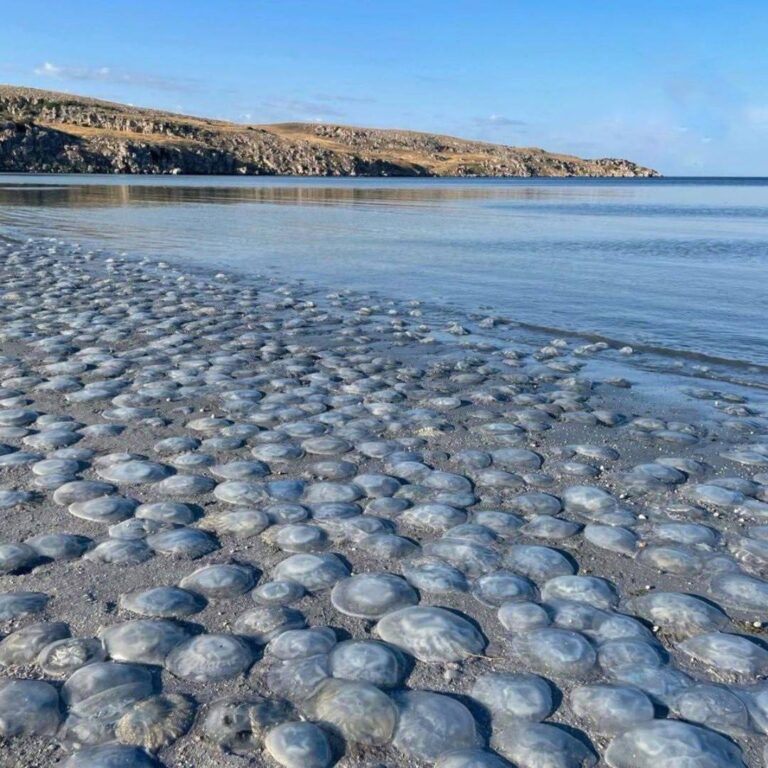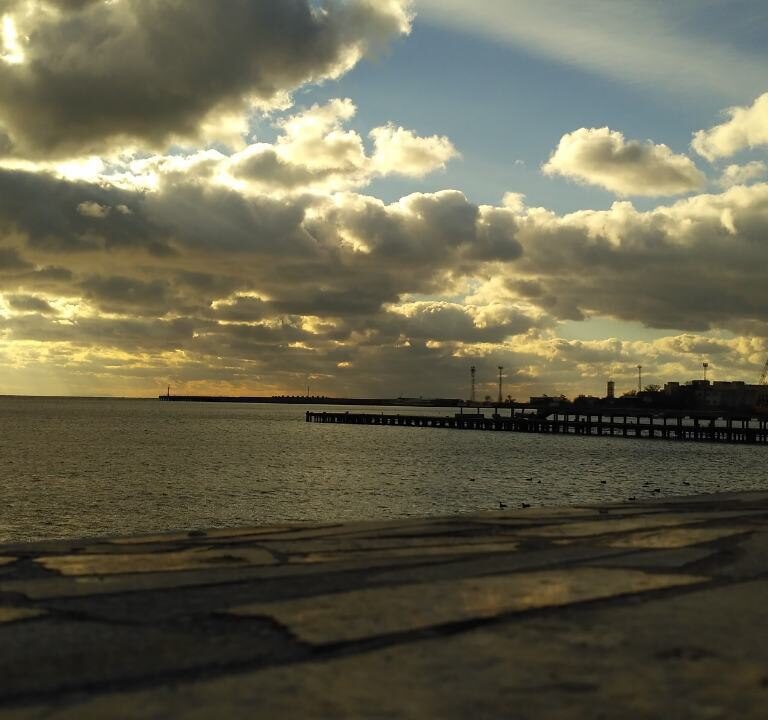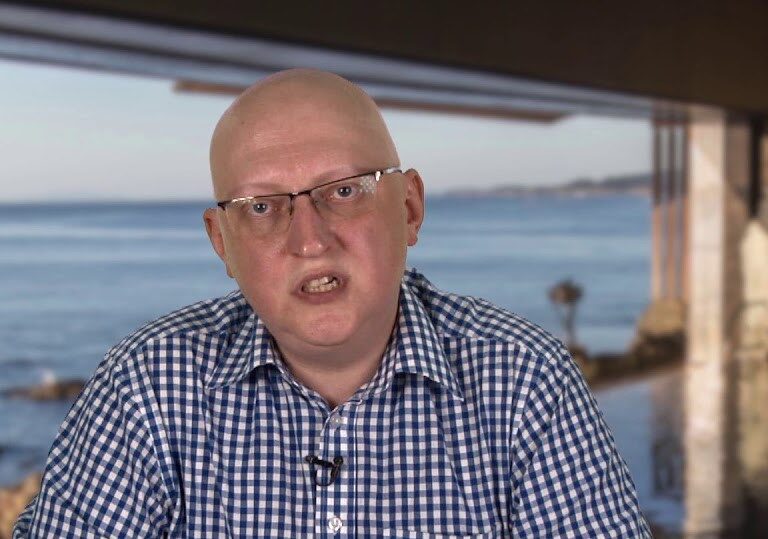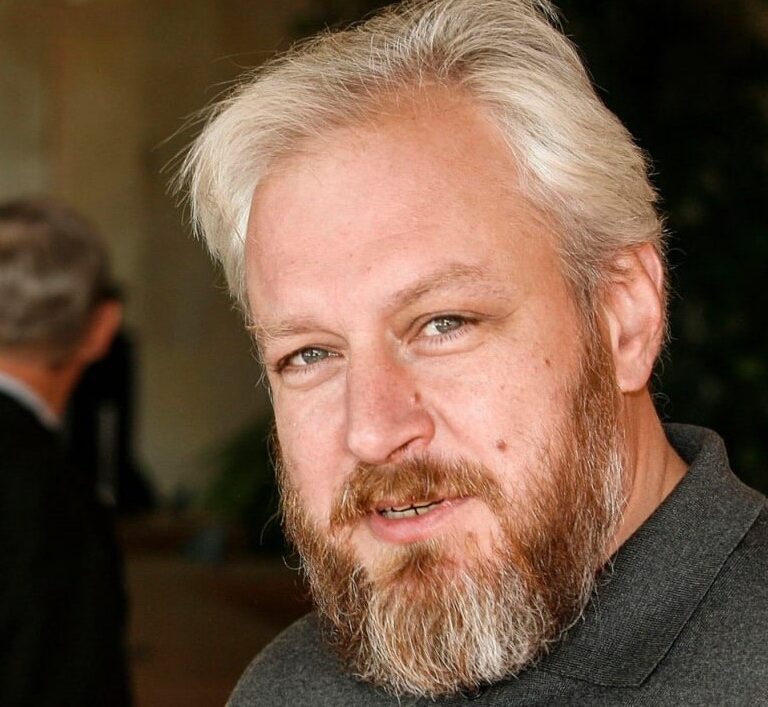On January 22, the aggressor’s propaganda spread an “official report” about the meeting of the criminal Sergey Aksyonov “with Archimandrite Taron Gulikyan, rector of the Surb Khach monastery, dean in Crimea of the Russian and New Nakhichevan Diocese of the Holy Armenian Apostolic Orthodox Church”. It cannot be said that Taron Gulikyan, who arrived in the Crimea in mid-2023, has not yet been “highlighted” by the invaders, but now the aggressor clearly wants to beat this combination of his special services as much as possible.
The fact is that, for obvious reasons, occupied Crimea has been a classic “fruit of the tree of the knowledge of good and evil” for all religious denominations, except Russian “imperial” Orthodoxy, for ten years now. The Armenians were no exception, whose priests slowly left the churches of the peninsula: priest Jeremiah Makiyan left Feodosia for mainland Ukraine, priest Anania Babayan moved to the Rostov region from Yevpatoria,and the priest from Simferopol Ter Khachatur Gevorkyan, as the monastery abbot Mkhitar Grigoryan decided to “leave the bosom of the church” altogether.
Under these conditions, in 2019, priest Nerses Khananyan appeared in the Simferopol church, having spent his youth in Kislovodsk and then “rising” to the rank of secretary of the head of that same Russian and New Nakhichevan diocese, who later became “at the church helm” of the Tver region. Formally, after this, being sent as a priest to Simferopol was a demotion, but in fact Khananyan became “chief in Crimea” for several years without the rank of archimandrite.
However, Gulikyan appeared in the summer of 2023 in the Crimea as the rector of the Surb Khach monastery, and as in the case of Khananyan, the main illegal point is their appointment not by the Ukrainian, but by the Moscow church leadership, in the person of Archbishop Ezras Nersisyan. “Having enjoyed the silence” on this matter, Gulikyan now calls himself “dean,” that is, the head of the Armenian Church in Crimea.
Gulikyan’s biography will have more room for thought than Khananyan’s; from 2006 to 2010 he was a “spiritual shepherd” in Russian-occupied Abkhazia, then he built a career in Armenia, and from 2019 to 2022 he was the “spiritual shepherd of the Armenians of Poland”. At that time, the World Youth Association of the Armenian Church reported, with reference to Gulikyan, that allegedly “the spiritual shepherding of Polish Armenians is included in the spiritual leadership of the head of the Armenian Diocese of Ukraine”; it is obvious that such a development of events could provoke some kind of Ukrainian-Polish friction, which Gulikyan’s Moscow puppeteers were clearly counting on.
In his new role, Gulikyan will clearly be involved as an aggressor in the occupied mainland south, given the significant Armenian diaspora in the Kherson and Zaporizhzhya regions; it is obvious that the corresponding provocations of the Russian special services will require an appropriate response from the Ukrainian authorities, the public and the Armenian Apostolic Church itself.







